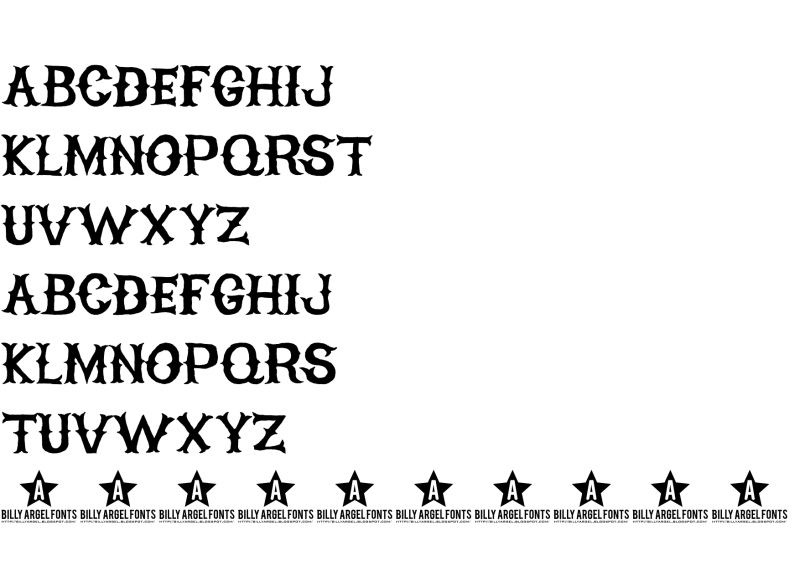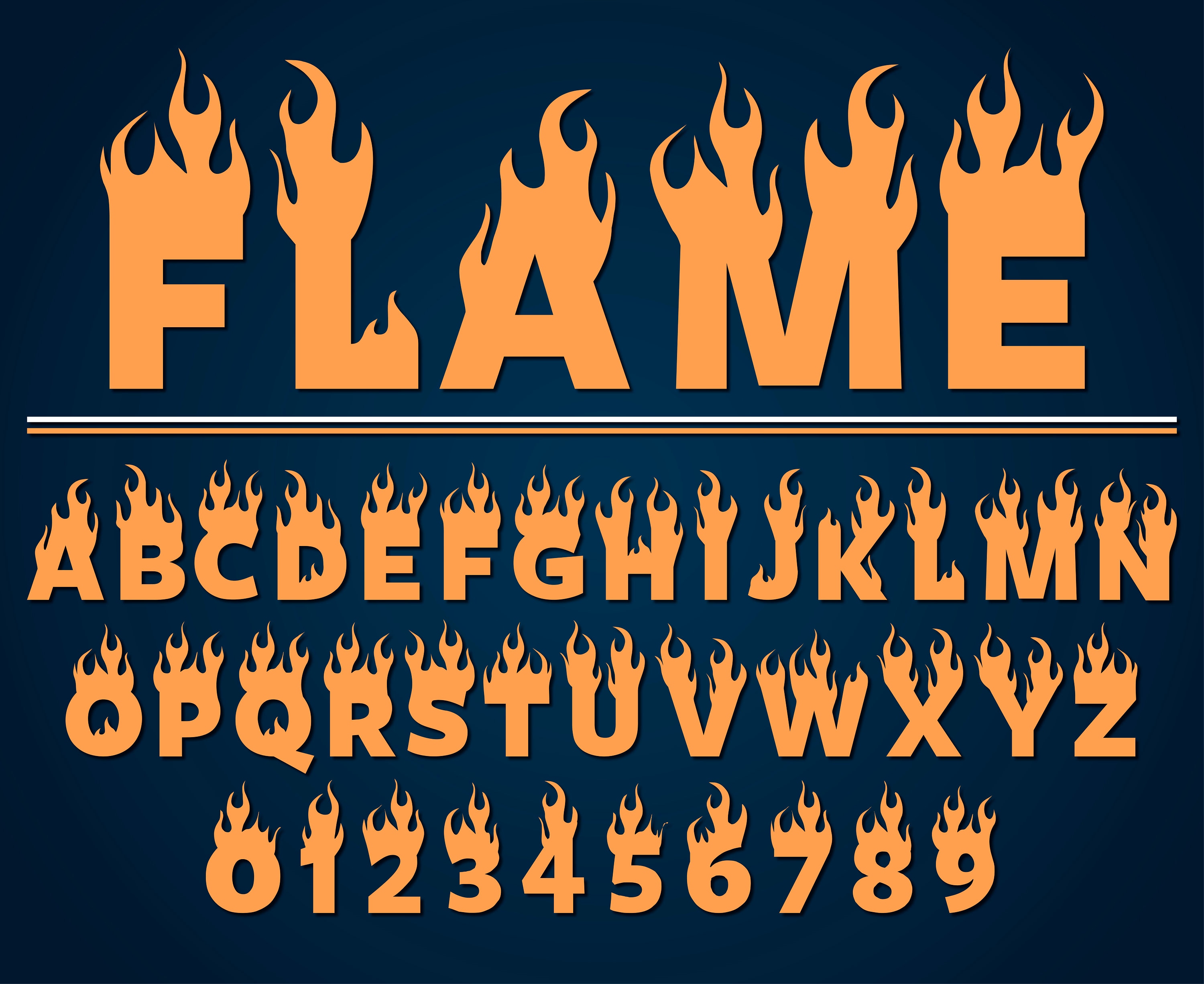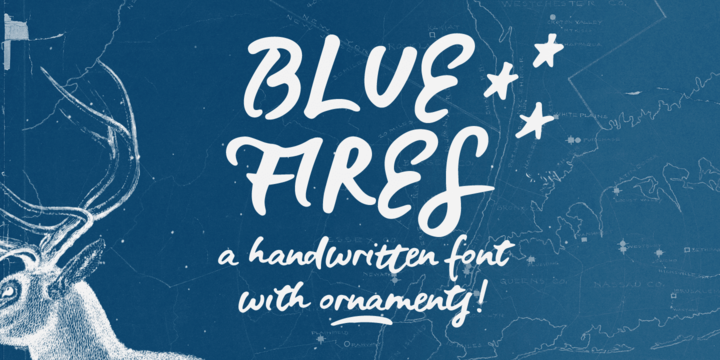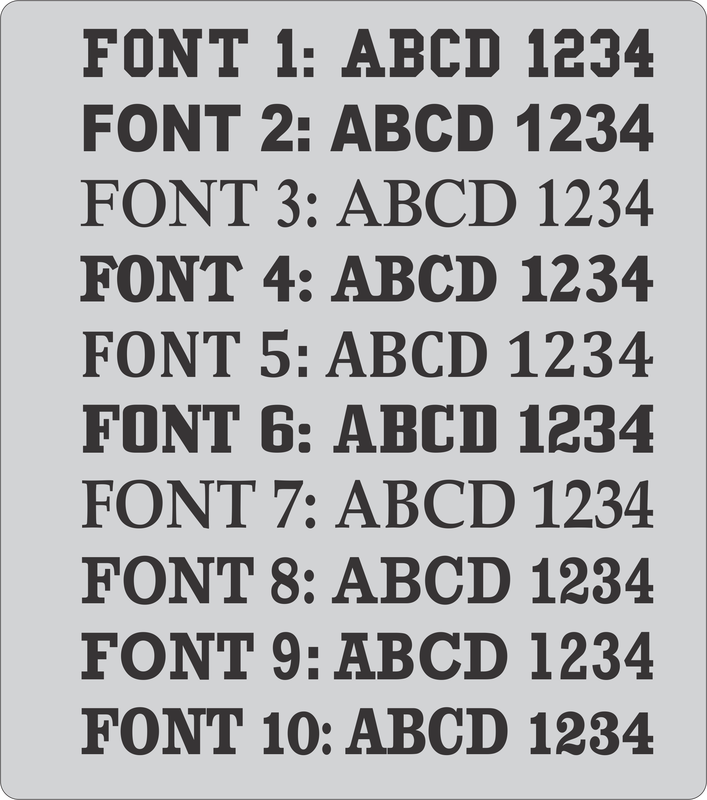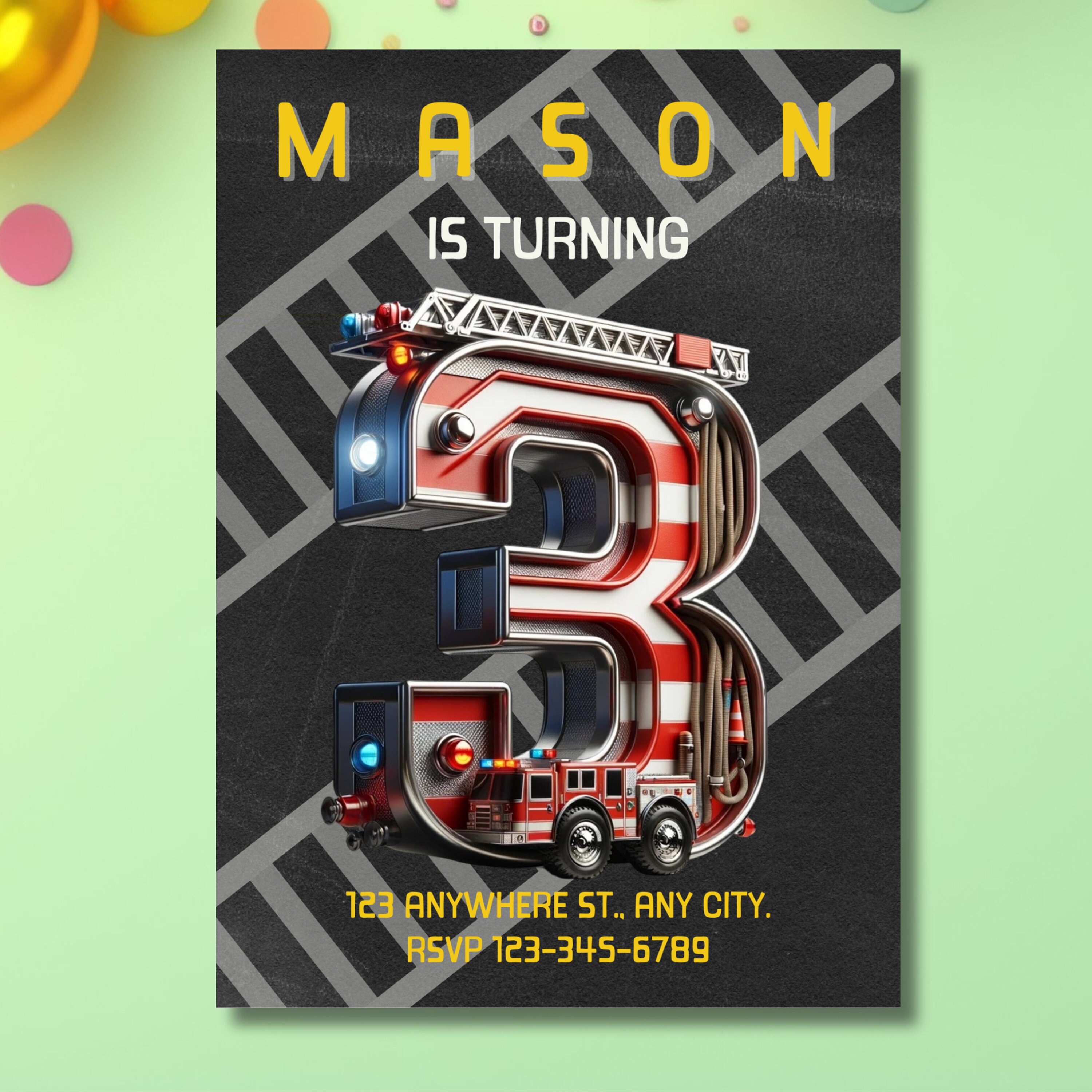Fire Truck Lettering Font Free Download
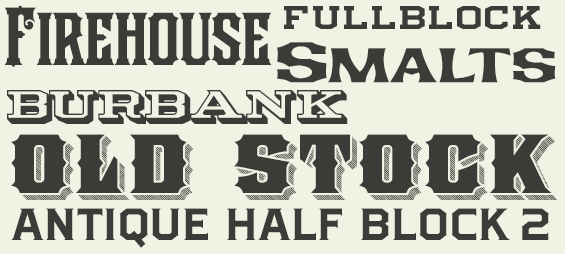
The emergency services community and graphic designers are abuzz following recent debates surrounding the availability and legality of fonts used in fire truck lettering. For years, the bold, easily legible typefaces on these vehicles have been considered essential for visibility and quick identification in critical situations. However, the question of free, downloadable versions raises complex issues of copyright, licensing, and the potential for misuse.
This article delves into the controversy surrounding the alleged free distribution of fonts replicating those typically found on fire trucks. It examines the legal ramifications, explores the perspectives of font designers and emergency service professionals, and assesses the potential impact on both the design industry and public safety. This investigation will uncover the facts, separate myth from reality, and analyze the implications of readily available "fire truck lettering" fonts.
The Font Controversy: Copyright and Accessibility
The debate centers on whether fonts inspired by, or directly copied from, those used on emergency vehicles are being offered as free downloads online. Many font designers assert that these fonts are their intellectual property, protected by copyright laws.
Offering them without proper licensing infringes on their rights. Several online platforms host fonts labeled as "fire truck fonts" or variations thereof, often without clear attribution or licensing information.
Designer Perspectives
"The creation of a font is a meticulous and time-consuming process," explains Elena Ramirez, a type designer at TypeHaus Foundry. "When our work is freely distributed without permission, it undermines our ability to earn a living and discourages future innovation."
Other designers have echoed this sentiment, emphasizing the importance of respecting intellectual property rights. They argue that even if a font is inspired by public works, the specific design and nuances of the typeface are still subject to copyright.
The Emergency Services Angle
For fire departments and other emergency services, legibility and visibility are paramount. The choice of font on their vehicles is not merely aesthetic; it's a matter of safety.
Clear, bold lettering ensures that the vehicles are easily identifiable from a distance, especially in low-light conditions or during emergencies. Chief Michael Davies of the Capital City Fire Department stated, "We use specific font styles recommended by the National Fire Protection Association (NFPA) for optimal visibility. Changing those fonts could compromise safety."
NFPA Standards
The NFPA provides guidelines and recommendations for vehicle marking and lettering, including font styles. While the NFPA doesn't explicitly endorse a single font, their guidelines favor bold, easily readable typefaces for maximum visibility. Using unofficial or poorly designed fonts could potentially violate these guidelines.
The Legality of "Fire Truck Fonts"
The legality of downloading and using "fire truck fonts" depends entirely on the licensing terms. If a font is offered as freeware or under an open-source license, it may be permissible to use it for both personal and commercial purposes, provided the license terms are adhered to. However, if a font is copyrighted and distributed without permission, downloading and using it constitutes copyright infringement.
Law firms specializing in intellectual property rights are closely monitoring the situation. Some have already issued cease-and-desist letters to websites offering unauthorized font downloads.
Looking Ahead: Finding a Balance
Finding a balance between accessibility and protecting the rights of font designers is crucial. Some propose a collaborative approach where designers and emergency service organizations work together to develop affordable, openly licensed fonts specifically for emergency vehicles.
This would ensure that fire departments have access to high-quality, compliant fonts without infringing on copyright. Another solution involves stricter enforcement of copyright laws on online platforms that host unauthorized font downloads.
Ultimately, the future of "fire truck fonts" hinges on a combination of legal enforcement, ethical design practices, and a commitment to ensuring both public safety and the rights of creative professionals. The debate highlights the importance of understanding copyright laws and the value of supporting legitimate font designers.









